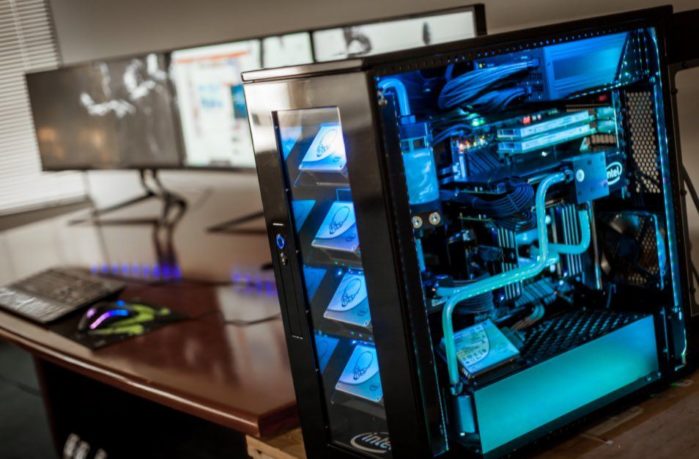The Makerspace with Elias: Building Your Own Personal Computer
February 2, 2018
One of my most enjoyable projects would have to be building my own desktop computer. To most people this sounds like a very difficult task that requires lots of building skills expertise, but once the parts are purchased it is very simple. In fact, the majority if not all of the assembly can be completed using a philips head screwdriver. Since the building aspect of this is fairly simple, this article will cover choosing what to buy, what to look for when choosing parts, and where to find them.
For pc builds, I recommend using pcpartpicker.com . This will allow you to check the compatibility of your parts as well as their power consumption. Many of the parts listed also have prices over a few month period so you know if they are on sale or not.

The 7 required parts for a PC are a CPU, motherboard, RAM, Storage, power supply, and case. Possibly a graphics card depending on your CPU.
Intel vs. AMD
The two main companies in computer cpu’s are intel and AMD. Generally, if you visit sites and research, Intel is better, with faster responses. This does however come at a price. Intel is more expensive for nearly every single cpu compared to an AMD cpu with the same number of cores. (# Cores can be simplified as usually more is better and more expensive) You will have to gauge what you need when building your computer. The more intense programs you run with lots of different events going on at the same time the more, faster cores you need. AMD is a good budget option as they offer more cores than intel at a lower price generally. The only downside is that they will (usually) not be as fast.
Simplified: Intel = faster and more expensive AMD = slightly slower but cheaper
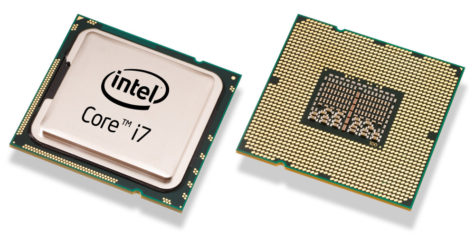
Motherboard
It’s probably a good idea to choose your motherboard first as this will not affect the speed of any of your components, however it will determine what you can add (some may not have spots for everything you want to add). Motherboards come in a few sizes:
Mini ITX, Micro ATX, Mini ATX, and ATX.
– These are listed in order of increasing size. As the size gets bigger the more slots for additions become available. It is important to know that some E or extended ATX motherboards are available but it is hard to find cases they will fit in.
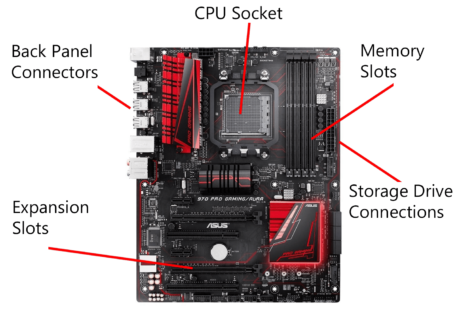
RAM
RAM stands for Random Access Memory. This will determine how many different applications can be running at the same time as well as the speed of what is running. When looking online and at motherboards, DDR4 will proceed the speed (denoted in a 4 digit number EX: DDR4-3200). DDR4 is the newest “model” of ram and will be the fastest. In addition to these the size will also affect its performance. 8 GB of ram will be more than enough for most applications. For gaming computers or more expensive models you can increase that number to whatever you want. Just make sure to check the limit on the amount of ram your motherboard can handle. Here is a way to get More Bonuses when it comes to servicing your PC.

Storage
Storage is how much space your computer will actually have for your applications. Storage mainly comes in two different types: Hard Drives or SSDs. Hard drives are good and inexpensive for larger storage, but suffer in speed because they rely on physical moving parts. They have spinning disks inside with the faster the spin rate the faster the hard drive. At higher speeds, however, they have a greater risk of failure.
SSDs, or Solid State Drives, have a much faster response rate. They are pretty much larger versions of the storage found in usb flash drives. Their only downside is they offer less storage at a much higher price.
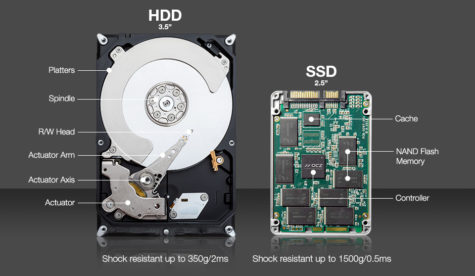
Power Supply
Power supplies are fairly simple. Just get a calculation on how many watts your computer will use and go from there. Make sure to remember to include your monitor, keyboard, and mouse as well as any other add-ons you plan to have connected. Power supplies can come in non-modular, partly modular, and fully modular. The only difference is modular power supplies allow you to have only your required cords connected while non-modular has every cord connected out of the box. Ratings are written as 80+ followed by a ranking. Bronze is normally the lowest rating you should buy. The ratings increase depending on the surge protection they offer (from Bronze -> Silver -> Gold -> Titanium). And if you want to add RGB to your PC build, then check out these psu cables reviewed at 0rgb.

Case
A case is the easiest point to save money on. It will not affect the performance but will change the overall look of your build. Make sure to check and see if all of your parts will fit inside.
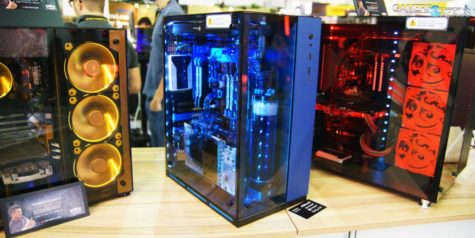
Graphics Card
This is where it is easiest to spend money. A small graphics card will be good for most computers, but a large one is nearly required for gaming. I recommend doing research on what your uses for the computer will be and to see how much you want to spend. There are some very high quality graphics cards for sale, but these come at a very large price.

Once everything is built, make sure to add an operating system (windows, Liunx, or whatever you want) and boot up your new computer!

